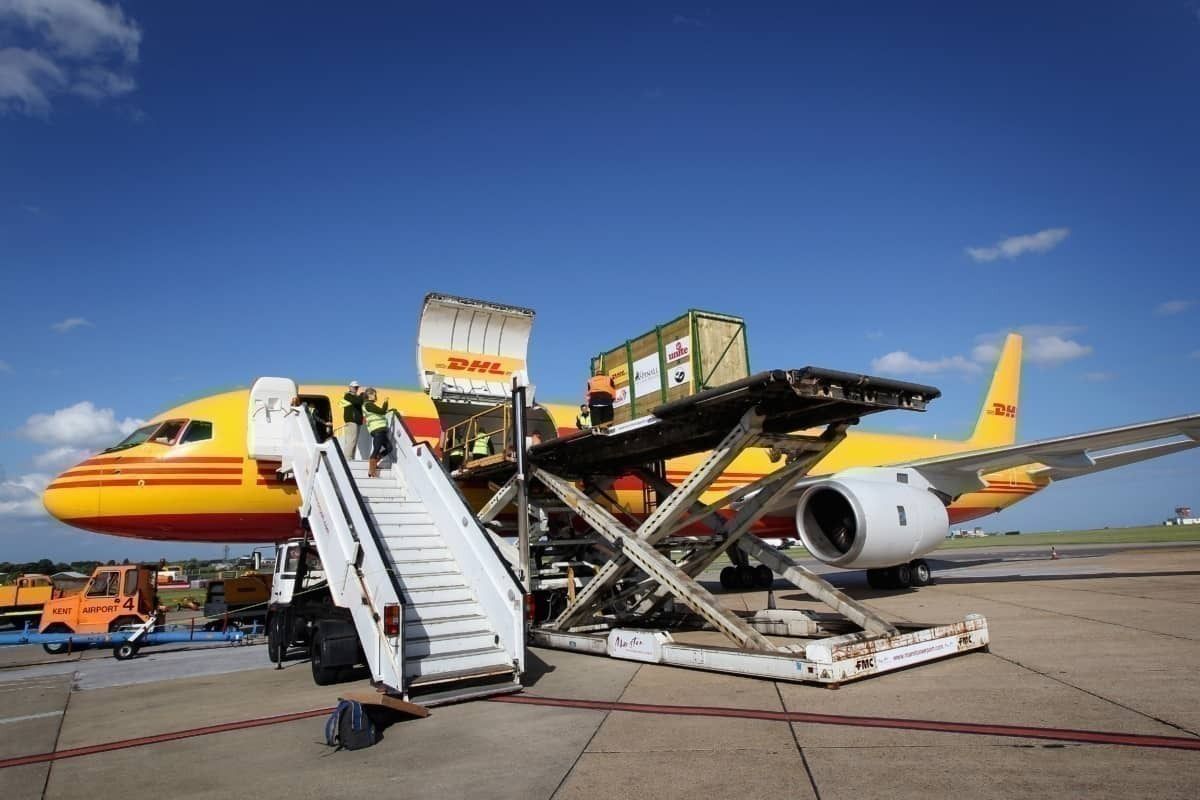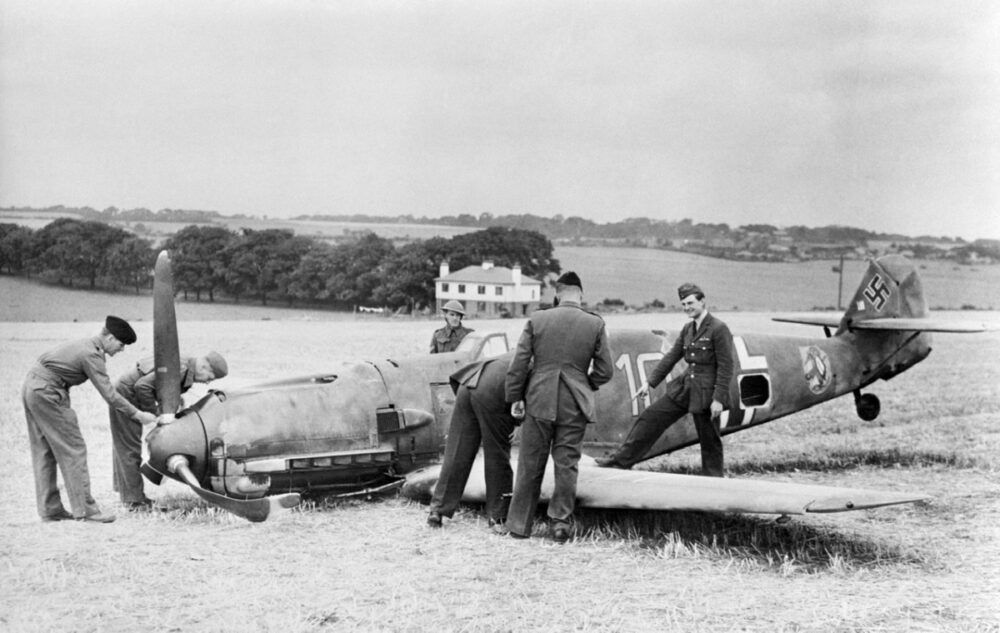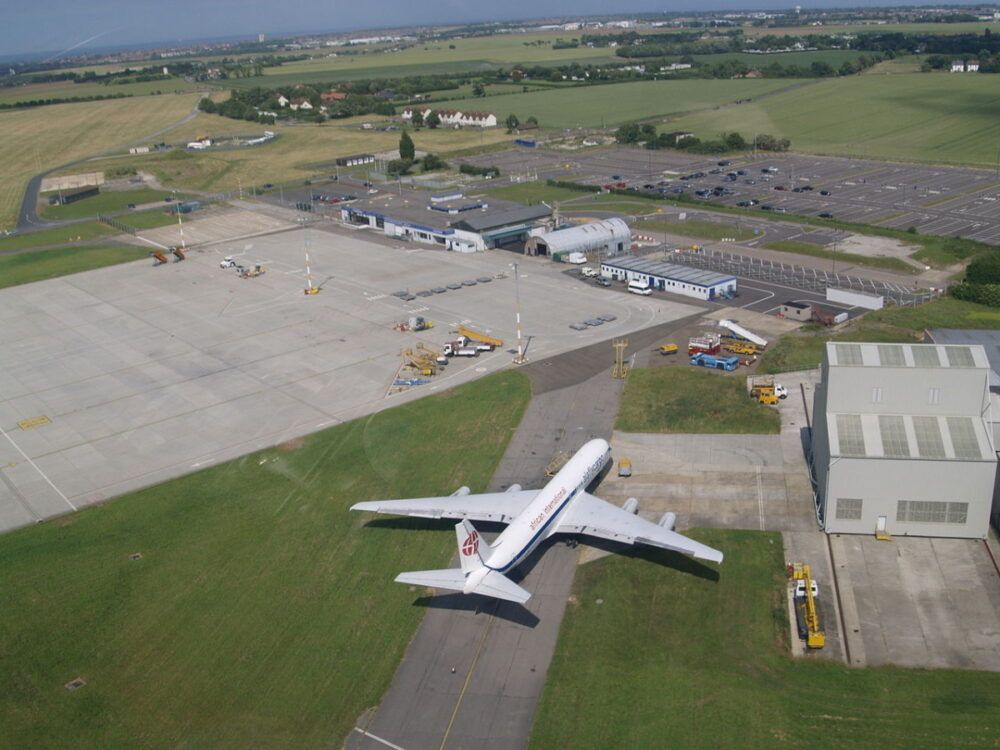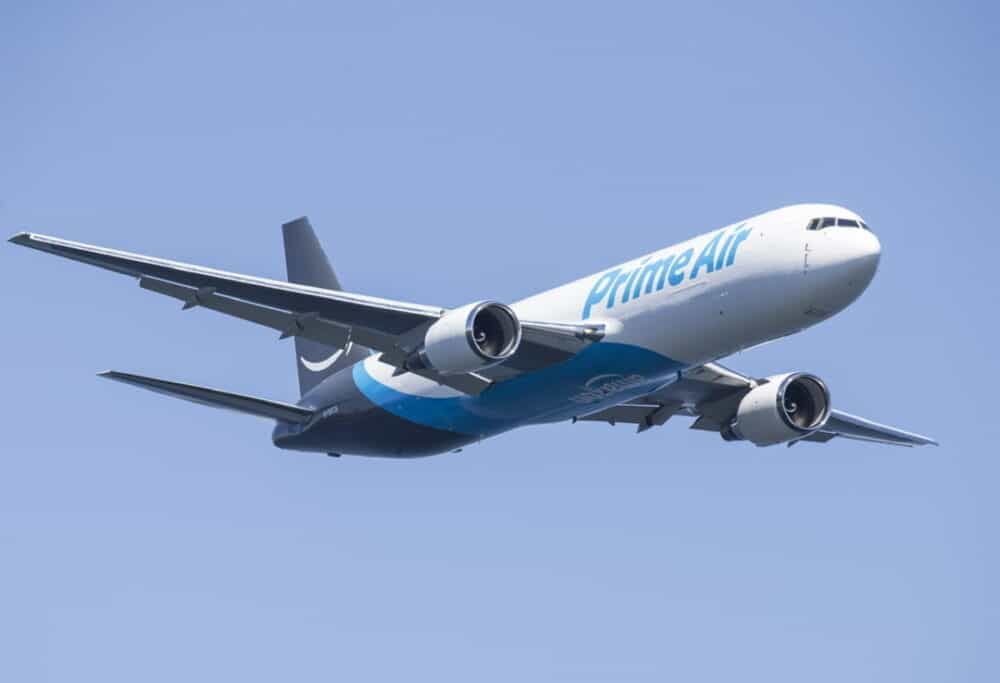Earlier this summer, it was announced that the government of the United Kingdom gave the go-ahead to reopen Manston Airport in the English county of Kent. This site's history traces back to World War I, and more recently, it had proved useful for cargo and passenger operations. After being shut down since 2014, officials are gearing up for a relaunch in just three years. Here is a look at the story of what is slated to be London's seventh airport.
A century in the making
The airport was once known as London Manston. However, it actually sits near the seaside town of Ramsgate, on the coast of South East England, which is approximately 75 miles away from the center of the UK's capital. However, this aspect is not unusual as four of the other airports dubbed as London hubs are outside of the Greater London county.
Stay informed: Sign up for our daily aviation news digest.
Like several other airports in the UK, Manston was a station for both the Royal Air Force and US Air Force over the decades. It proved useful in the First World War and also the Second World War. Notably, there was heavy bombing at the site during the Battle of Britain. Nonetheless, it went on to be a helpful strategic base throughout the Cold War.
By the time the Cold War was coming to a close, commercial prospects were rising at the airport. In 1989, it started to be promoted as Kent International Airport, and flights to popular vacation destinations on mainland Europe grew.
Carriers such as Flybe and KLM were some of the operators that served the airport over the years. A few holiday package companies were also promoting charter flights from Manston.
However, at the turn of the last decade, activity started to decline considerably. Carriers were reducing services at the site, and daily losses were amounting to £10,000 ($13,200). After failing to find a suitable buyer to help steer the hub in the right direction, Manston closed in May 2014.
Back in action
Six years later, the Secretary of State for Transport, Grant Shapps, gave development consent for the airport to reopen. It is set to have a robust air freight facility designed to handle at least 10,000 air cargo movements each year.
Plans are for the site to open by April 2023, and it will primarily be used for shipping operations. However, passenger services would start approximately two years after that. Altogether, the airport would accommodate roughly a million travelers a year. VIP travel services and aircraft maintenance facilities would also be found on location.
All about opportunities
Authorities are interested in the prospects of jobs opening up as a result of the airport's restart. The closure of the site had an impact on approximately 150 workers. With operations expected to be scaled up with the facility's return, there could be many more direct and indirect job opportunities for the local community.
According to a Kent County Council statement seen by Simple Flying, the authority summarized the job prospects with the following:
"Promoting job creation, supporting business growth and generating economic prosperity for the residents of East Kent is - and always has been - Kent County Council's primary objective. Kent County Council (KCC) has never deviated from this."
Divided opinion
Despite the optimistic statements by the council, several local community members don't quite agree with its sentiments. According to KentOnline, Jenny Dawes, the chair of the Ramsgate Coastal Community Team, feels that the disused airport will reopen as a highly-polluting cargo hub.
She added that this move is against the advice of the government's own planning experts, and it sets a concerning precedent in the light of climate change. Moreover, she said that those living in nearby seaside towns and villages would be living under low-flying, heavy-duty planes.
Despite these sentiments, officials are keen to have the airport up and running again. 23,000 jobs are expected to be created by its 20th year of service. A dedicated training college will also be found at the hub to train locals.
RiverOak Strategic Partners (RSP) now owns the airport. The firm expects to invest £300 million ($378 million) in the airport over the next two decades.
Tony Freudmann, the company's director, says that Manston will be one of the most up-to-date, efficient, and environmentally-friendly freight hubs across the globe. He claims that it will cater to traditional cargo services, along with the growing UK e-commerce sector. The latter is more vital than ever in this post-pandemic era.
It could be just the right time
The global health crisis has forced most carriers to scale back their operations amid all the travel restrictions in place. Analysts expect it to take three to five years for passenger activity to match 2019 numbers again.
So, even if there isn't much demand in the first instance for passenger services, the ever-growing cargo industry could make great use of the facilities at Manston.
Veterans such as FedEx and DHL already have a strong presence in the UK. Meanwhile, Amazon is ramping up its aviation operations in the US. The conglomerate is already growing its physical foothold in Europe with new facilities on the ground. So, it wouldn't be a surprise to see it expand in the air across the Atlantic. Manston could be a perfect base for the company.
Nonetheless, by the time the airport is open, passenger activity should be healthy once again. From Manston, locals previously could fly to a handful of UK cities, along with short-distance international destinations. Notably, they could conveniently head to Amsterdam with KLM. The Dutch airline offered flights twice a day from this airport in the years before it closed.
Once commercial operations are ready again, short-haul routes such as these could be on the cards. Other quick trips across the English Channel and the North Sea to the likes of Brussels, Copenhagen, and Paris would fit in nicely.
Precision is key
Altogether, if Manston can concentrate on providing something different, it could still have something to offer after over 100 years. The focus on giving a modern solution to cargo demand and employee training could be what separates it from the other airports surrounding London. Moreover, it takes over an hour for locals in this area to get to the nearest major airport. So, it could also prove to be useful for particular passenger services.
What are your thoughts about Manston Airport's future reopening? Will you be flying out of the hub when its passenger operations resume? Let us know what you think of the plans in the comment section.





